- Home
- Prelims
- Mains
- Current Affairs
- Study Materials
- Test Series
11th Nov 2021
GENERAL CONSENT FOR THE CBI: THE LAW, AND POLITICAL REASONS FOR ITS DENIAL
The Supreme Court has weighed in on the phenomenon of state governments withdrawing their consent for Central Bureau of Investigation (CBI) to investigate.
General Consent?
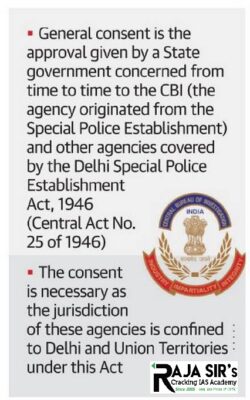
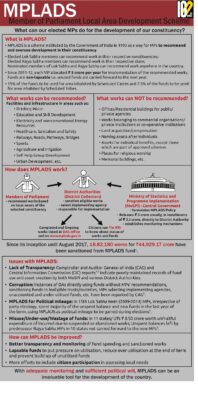
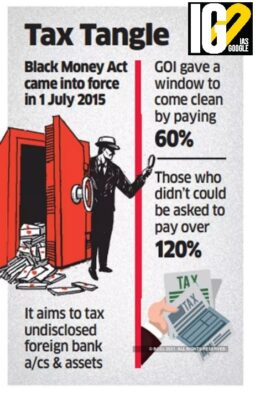
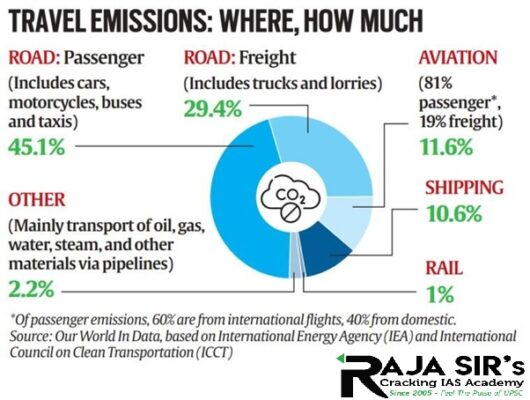


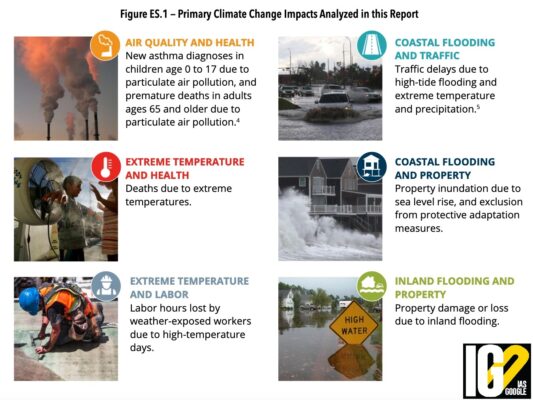

- A consent is given by states to help the CBI in seamless investigation of cases of corruption against central government employees in their states.
- If state government do not give the general consent, the CBI would have to apply to the state government in every case, and before taking even small actions.
- The CBI is governed by the Delhi Special Police Establishment Act (DPSEA).
- This act makes the CBI a special wing of Delhi Police and thus its original jurisdiction is limited to Delhi.
- For other matters, the CBI needs consent of the state government in whose territorial jurisdiction the CBI has to conduct an investigation.
- Section 6 of the DPSE Act authorises the central government to direct CBI to probe a case within the jurisdiction of any state on the recommendation of state government.
- The Supreme Court and High Courts can order CBI to investigate such a crime anywhere in the country without the consent of the state.
- When a general consent is withdrawn, CBI needs to seek case-wise consent for investigation from the concerned state government.
- The CBI will not be able to register any fresh case without the consent of the state government.
- If specific consent is not granted, the CBI officials will not have the power of police personnel when they enter that state.
- CBI can use High Court’s order if it is struck down by the Supreme Court.
- It has the option to get a warrant from a local court in the state and conduct the search.
- Section 166 of the Criminal Procedure Code (CrPC) can be used.
- It allows a police officer of one jurisdiction to ask an officer of another to carry out a search on their behalf.
- Consent does not apply in cases where someone has been caught red-handed taking a bribe.

- It is a Central Sector Scheme fully funded by Government of India.
- Launched- 1993-94
- Objective- to enable MPs to recommend development works.
- Motto- One MP-One Idea
- The scheme was suspended for two financial years (2020-21 and 2021-22).
- Annual MPLADS fund entitlement/MP constituency: Rs. ₹2 crore (instead of earlier approved ₹5 crore annually).
- MPs are to recommend every year, works costing at least 15 % of the MPLADS entitlement for the year for areas inhabited by SC population and 7.5 % for areas inhabited by ST population.
- A ceiling of Rs. 75 lakhs for building assets by trusts and societies in order to encourage trusts for the betterment of tribal people.
- MPLAD can be converged in individual/stand-alone projects of other Central and State Government schemes.
- They can examine eligibility of works, sanction funds, select implementing agencies, prioritise works, supervise overall execution etc.
- They are mandated to inspect at least 10% of the projects under implementation in a district.
- Funds are released in the form of grants in-aid directly to the district authorities.
- They are non-lapsable.
- Funds can be merged with other schemes such as MGNREGA and Khelo India
- The process with recommending works to the Nodal District Authority.
- MPLADS will restart the community developmental projects.
- It will restart fulfilling the aspirations and developmental requirements of the local community and creation of durable assets.
- It will also help in reviving the local economy.

- It is an act to curb black money, or undisclosed foreign assets and income and imposes tax and penalty on such income.
- It came into effect from 1 July 2015.
- The law was passed to overcome the limitations in existing statutes like the Income tax Act, and tax undisclosed funds parked in foreign bank accounts and often held through discretionary trusts.
- Under the act, the year in which the tax department gets hold of any information is the year for which income is deemed to have been earned by the person in question.
- An amendment was made in 2019 in the Act retrospectively, to cover even persons who are non-residents but were resident when the asset was acquired or income was earned outside India.
- One – time compliance window:
- A one-time compliance opportunity to persons who discloses their foreign income and assets will be provided.
- Income and assets that qualify the disclosure:
- Income, from a source located outside India, which has not been disclosed in the tax returns filed.
- Income, from a source outside India, for which no tax returns have been filed
- Value of an undisclosed asset, located outside India.
- Non-disclosure of income and assets will be liable to penalties, prosecution and the criminal procedures.
- Administering authority:
- The Central Board of Direct Taxes and the existing hierarchy of tax authorities under the provisions of the Income Tax Act, including the appeals machinery, have been tasked with implementation of the new legislation.

- The automobile companies that made the commitment accounted for approximately a quarter of global sales in 2019.
- These automakers include the American companies Ford and General Motors, Mercedes-Benz of Germany, and Volvo of Sweden.
- India, the fourth-largest auto market in the world joined the coalition, including the United Kingdom, Canada, Netherlands, Norway, Poland, and Sweden.
- The entire transport sector accounted for a little more than a fifth of total CO2 emissions.
- As of 2018, road travel — including both passenger and freight vehicles accounted for almost three-quarters of the world’s transport emissions.
- Road transport accounted for 15% of total global CO2 emissions.
- Passenger vehicles like cars and buses accounted for the larger part of road travel emissions, and 45.1% of total CO2 emissions from transport.
- Aviation and shipping were small contributors to global transport emissions — 11.6% and 10.6% respectively.
- The contribution of rail travel was negligible.

- As per the Global Carbon Project, with the end of the pandemic induced slowdown, emissions were expected to rise by 4.9%.
- The Global Carbon Project is a Global Research Project of Future Earth and a research partner of the World Climate Research Programme.
- It works with the international science communityto support actions to slow down the increase of greenhouse gases in the atmosphere.

- It evaluates 60 countries and the European Union on 4 categories, with 14 indicators: i) Greenhouse gas emissions, ii) Renewable energy, ii) Energy use and iv) climate policy.
- India’ rank: 10th
- India’s performance was rated high in the GHG Emissions, Energy Use, and Climate Policy categories, and medium in Renewable Energy.
- No country performed well enough in all index categories to achieve an overall very high rating in CCPI.
- Among G20 countries (responsible for 75% of world’s GHG emissions), UK (7th), India (10th), Germany (13th), and France (17th) are four G20 countries among the high-performers.
- China is the current biggest polluter in world.
- India aims to achieve a target of renewable electricity capacity of 450 GW and a 30% electric vehicle share by 2030.
- India’s considerable improvement of renewables targets and the focus on implementation and achievement of Nationally determined contributions (NDC) targets.
- There have been initiatives to promote more electric vehicles in the transport sector.
- No Indian states have announced a clear coal phase-out.
- In fact, the pipeline of proposed coal power plant development is the world’s second largest. This shows that India is indirectly supporting fossil fuels.
- Initiatives can be taken to promote more electric vehicles with better infrastructure in the transport sector.
- India should set an explicit net zero target for 2050.
- India should leverage its domestic success on renewables and emissions intensity into international initiatives.
- India should take steps to strengthen policies on climate vulnerability, adaptation, and resilience building.

- 49 of the 95 respondent countries (52 percent) have a national health and climate change plan or strategy in place.
- The remaining 25 percent of countries (24 out of 95) have a plan or strategy under development.
- Two-thirds (67%) of surveyed countries have conducted a climate change and health vulnerability and adaptation assessment.
- Less than 40% of countries include weather and climate information in their health surveillance systems for climate-sensitive diseases.
- Only one-third of surveyed countries have climate-informed health early warning systems for heat-related illness and mortality from extreme weather events.
- Growing number of countries (27%) have conducted assessments of the climate resilience of their health care facilities.
- Only a small proportion of ministries of health in low-and-lower-middle-income countries (LLMICs) (28%) are currently receiving international funds to support climate change and health work.
- Countries have significantly increased health considerations in their Nationally Determined Contributions (NDCs).
- It is the supreme decision-making body of an international Convention.
- All States that are Parties to the Conventionare represented at the COP, at which they review the implementation of the Convention.
- As well as any other legal instruments that the COP adopts and takes decisions necessary to promote the effective implementation of the Convention.
- All States that are Parties to the Convention are represented at the COP.
- At CoP, they review the:
- Implementation of the Convention.
- Other legal instruments that the COP adopts and takes decisions necessary to promote implementation of the Convention.
- It also looks after institutional and administrative arrangements.
- Aim:
- To review the national communications and emission inventories submitted by Parties. Based on this information.
- To assess the effects of the measures taken by Parties and the progress made in achieving the ultimate objective of the Convention.
- The first COP meeting was held in Berlin, Germany in March 1995.
- The COP meets in Bonn, the seat of the secretariat unless a Party offers to host the session.
- The COP Presidency rotates among the five recognized UN regions that are Africa, Asia, Latin America, the Caribbean, Central and Eastern Europe, and Western Europe.









 Latest News
Latest News
 General Studies
General Studies